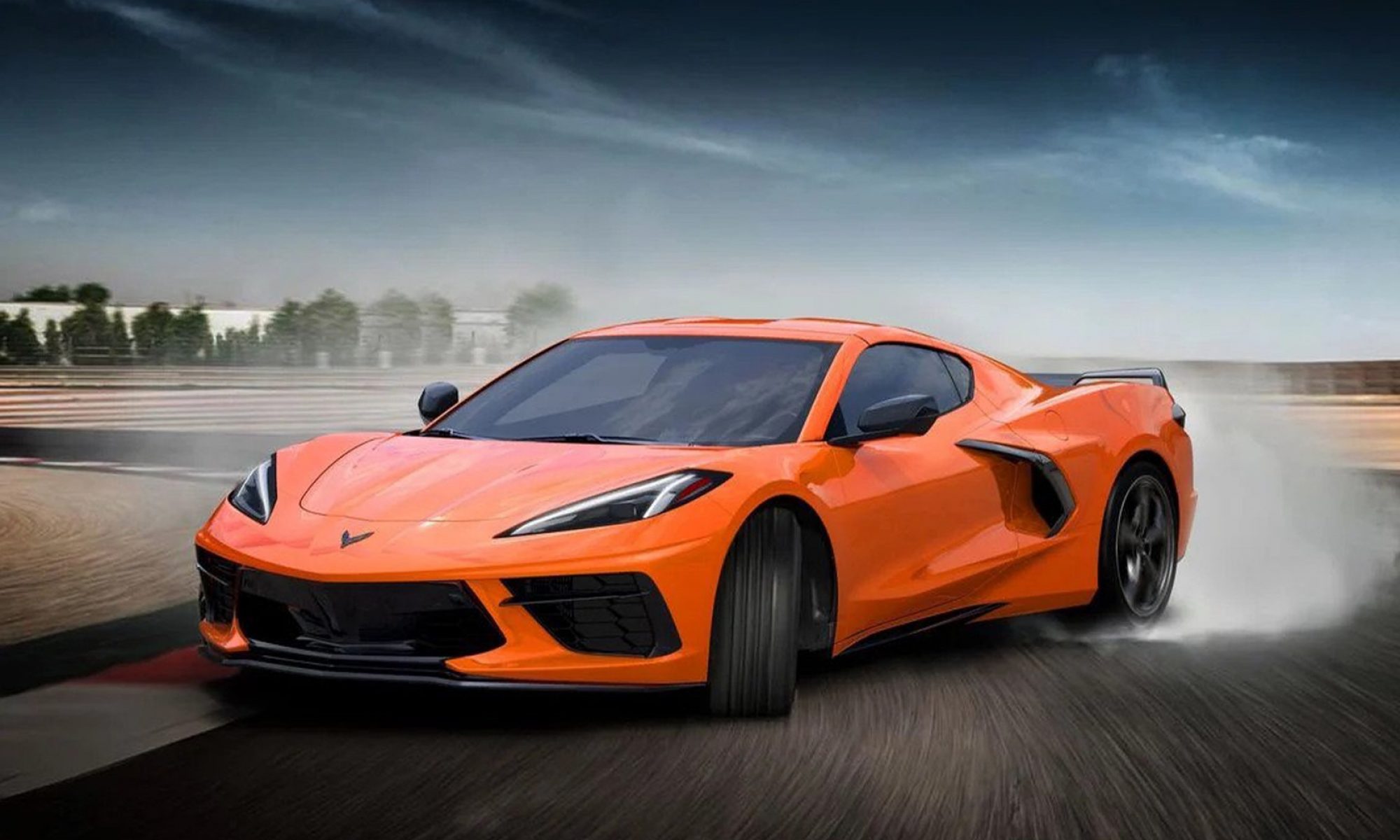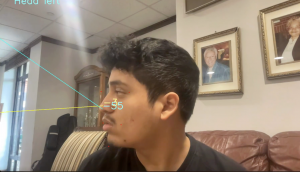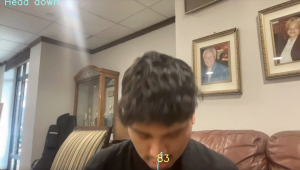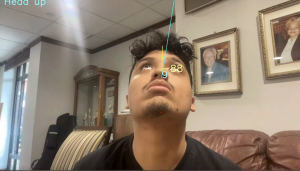This past week, I worked on finishing up the slides for our final presentation with my teammates and started working on our poster with Sirisha. For the web app, I cleaned up the formatting on the logs page, began looking into how to send data from the Python code on the Jetson to our Firestore, and set up authentication using Google OAuth (through FirebaseUI). I also spent some time with Sirisha trying to get necessary libraries for the CV code installed on the Jetson.
My progress is behind in terms of testing because we have had difficulties with integrating the system, but we figured out the issue with installing the libraries and now only need the larger microSD card to be able to run the code. For the web app and project documentation tasks, my progress is on track.
This coming week is our final week to work on the project. I hope to accomplish unit testing for the accelerometer in the car (as well as other units when the system is fully integrated) and full-system tests. Additionally, I will work with my teammates to complete the poster, final report, final video, and finalize/test the setup for our public demo. I also have a stretch goal of adding visual graphs for displaying the metrics on the web app. For now, we have decided that the logs page would be adequate for our purposes and that our time should be more focused on fully integrating and testing the system.



